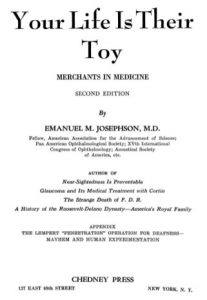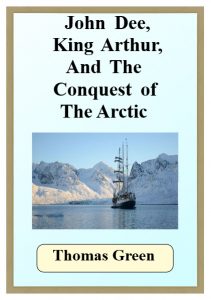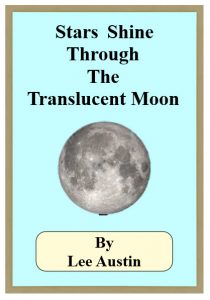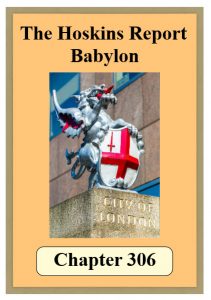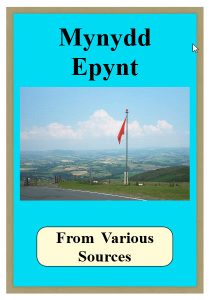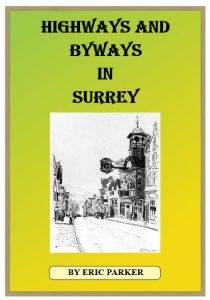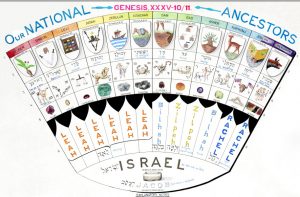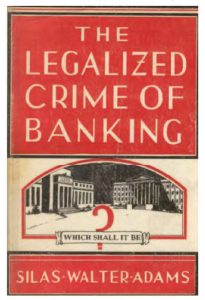D U R I N G the past century there has been a great improvement in the art of
medicine. Some of this improvement does not represent a real advance in
medical science, but constitutes the process of retracing ground that was lost
when young medical science arrogantly threw aside the ageold tradition of
medicine that accumulated and was handed down since the origin of man.
But real advance has been made. If this aspect of the subject is slighted, it
is not because of failure of appreciation of it. The attitude adopted is
prompted by a realization of how much greater might have been the advances
of medicine if the abuses discussed did not exist; and by an appreciation of
how much needless misery and inexcusable suffering might have been spared
mankind.
Health and life are man’s most precious possessions; and anxiety to preserve them is natural. It is not surprising, therefore, that they have been exploited since time immemorial. Every age has had its charlatans, quacks and medicine men.
Much in the same measure as social organization has attained its highest pitch in the present era, the exploitation of health and life today has reached its zenith. Never before in history has there arisen such an extensive conspiracy about the problem of public health of entire nations, involving well organized, opposing political and commercial groups.
The consequence of this welter of exploitation is the sacrifice of human comfort, happiness, health and life. It can not be gainsaid that the average span of life has been greatly lengthened in the past century. But it also can not be denied that mankind could be spared much misery, maiming and suffering if the rackets revolving about health could be eliminated.
Mankind has felt quite helpless before these rackets, though their existence long has been surmised. But the attitude adopted has been much like that of the ostrich: “Why shall we face the horrors of the situation and permit ourselves
to develop a fear and consternation of the medical care and institutions which we must accept when ill? It will only aggravate matters”.
